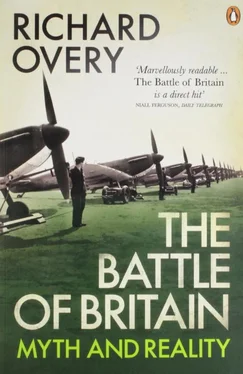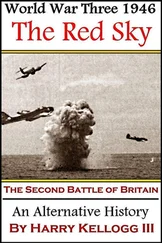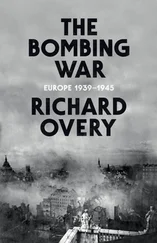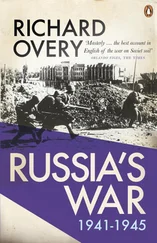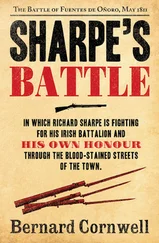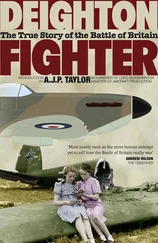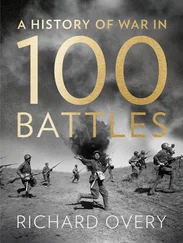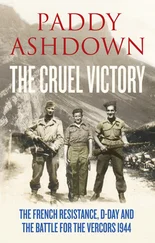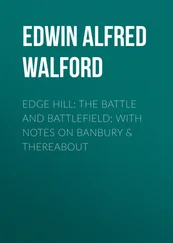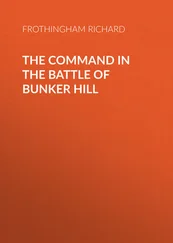Dowding devoted himself to the task of creating that defensive shield, and in the process was often at loggerheads with the Air Ministry and the Air Staff. His merited reputation as a prickly and independent-minded commander is often used to explain the decision to retire him in June 1939, but he had simply come to the end of his term of appointment. When his designated successor suffered an air accident, the Air Ministry decided, given the tense international situation, to keep Dowding on until March 1940. At the last moment, on 30 March, Newall wrote to him asking him to retain his office until 14 July. On the very brink of the air battle, Dowding still expected to retire. On 5 July, however, with Churchill’s backing, Newall asked Dowding for the third time to remain in office a little longer, until 31 October. Dowding huffily consented, but he fought the Battle of Britain with retirement hanging over his head. 4
The Command that Dowding led in July 1940 was composed of four operational groups. The front line in south-east England was held by 11 Group, commanded by the New Zealand airman Air Vice-Marshal Keith Park, who had been Dowding’s deputy staff officer in the 1930s. North of London was 12 Group under Air Vice-Marshal Trafford Leigh-Mallory. The north of England and Scotland were defended by 13 Group, and the west and south-west by 10 Group, which comprised only a handful of squadrons. On 19 June, at the end of the campaign in France, Fighter Command had only 768 fighters in operational squadrons, and of these only 520 were fit for operations. By 9 August, shortly before the launch of the full German air offensive, the situation had improved significantly. There were now 1,032 aircraft at operational bases, of which 715 were immediately ready for operations. There were a further 424 aircraft in storage units, ready for use the next day. 5These figures remained more or less constant throughout the coming battle.
One of the most enduring myths of the Battle of Britain is the idea of the few against the many. The official battle narrative produced by the Air Ministry talked of the unequalled achievement of ‘a force so small, facing one so large’. 6Yet on 10 August 1940, the German single-engined fighter forces assigned to the battle over Britain had an operational establishment of 1,011, slightly fewer than Fighter Command. They enjoyed a marginally better serviceability record, with 805 fighters immediately ready for operations. It is, of course, true that Fighter Command was spread across Britain, while the German fighter force concentrated attacks on the south. It is true, too, that Fighter Command also faced enemy bombers, dive-bombers and heavy twin-engined fighters deployed in the battle, but apart from the heavy fighters, which proved to be outmatched in combat, the bombers and dive-bombers were not a major threat to fighter aircraft, whose job it was to shoot them down while trying to avoid enemy fighters themselves. Air superiority for the German side meant defeating the enemy fighter force, as it did later for the Anglo-American air forces in their bombing offensive over Germany. During the course of the battle, Fighter Command was often outnumbered in the many smaller engagements, but its aggregate numbers were maintained despite high losses. The German Air Force, however, suffered heavy attrition of its fighter units; by 7 September there were only 533 serviceable single-engined fighters. On 1 October the number fell temporarily to 275. Early in the battle there was a rough parity in fighter numbers; in the last weeks Fighter Command had the edge.
The key to this success was aircraft production. During 1940 the numbers of fighter aircraft initially planned for production were substantially exceeded. The Harrogate Programme published in January 1940 designated the output of 3,602 fighters during 1940. Actual production reached 4,283 over the year, and rose very substantially from June onwards throughout the months of the air conflict. In May Churchill appointed his old friend Lord Beaverbrook, the owner of Express newspapers, as Minister of Aircraft Production in the hope that his energy and experience might speed up aircraft deliveries for the coming battle. Though he harried and bullied the manufacturers, it was not his urgent activity alone that produced the finished aircraft. The large-scale output of aircraft was possible only after a considerable period of gestation and could not be conjured out of thin air. The expansion of output in the summer of 1940 was the fruit of earlier preparation under Newall’s stewardship.
Nevertheless, real anxieties existed about the supply of aircraft. Throughout the battle, equipment had to be sent overseas to meet the demands of the war against Italy in North Africa. It is easy to forget that the RAF was forced to fight on two fronts in the summer of 1940, following Italy’s declaration of war on 10 June. Between July and October 161 fighters were sent to the Middle East, including 72 Hurricanes. 7It was hoped that this outflow might be compensated by a swelling stream of aircraft from North America, where Britain placed orders for 14,000 aeroplanes. The results were disappointing. During the period between July and the end of October some 509 aircraft were imported, half of them from late September when the air battle was nearly over. This figure included only 29 Hurricanes produced under licence in Canada, and a mixture of trainer and light bomber aircraft; there were no other fighters for the battle. 8In May, the fiercely anti-communist Lord Beaverbrook suggested the unusual step of buying fighters from the Soviet Union. Cripps, the British ambassador in Moscow, thought the prospects ‘improbable’. The Air Staff, with little enthusiasm, agreed that the I 16 fighter might be ‘usable’, at least in the Middle East theatre. The Chinese ambassador in London volunteered the services of his country as a go-between in the trade, but when Cripps finally approached the Soviet side in June, he was told to wait until Anglo-Soviet trade was on a sounder footing. 9
Britain was forced to fight with what she could produce herself in 1940. The aircraft available for the battle were among the very best fighter aircraft in the world. There is no myth surrounding the performance of the Hawker Hurricane and the Vickers Supermarine Spitfire, which between them formed the backbone of Fighter Command. The other aircraft available, the Bristol Blenheim twin-engined fighter and the Boulton-Paul Defiant, lacked the performance necessary to compete with German aircraft by day and were converted early in the battle to a night-fighter role. There were never more than a few squadrons throughout the battle, two of Defiants and six of Blenheims. Bristol Beaufighters began to appear late in the battle as night-fighters.
The great bulk of Fighter Command was composed of Hurricanes. The almost complete identification of the Spitfire with the Battle of Britain has come to obscure the true balance of power between the two models. Spitfires only became available in quantity in the late spring of 1940. Spitfire production lagged substantially behind Hurricane output until early 1941. (See Table 1 p. 145.) Hurricanes provided 65 per cent of the combined output of the two models, Spitfires 35 per cent. In early August, Hurricanes supplied 55 per cent of operational fighter aircraft, Spitfires only 31 per cent, and 11 Group throughout the battle had twice as many Hurricane squadrons as Spitfire. 10The most telling statistic is the loss ratio. From early May to the end of October 1940, Spitfires accounted for almost 40 per cent of combined losses, while constituting only one-third of the force. Spitfires were shot down faster than Hurricanes. 11
Both aircraft were at the cutting edge of fighter technology. The Spitfire Mark IA carried an armament of eight .303 machine-guns, the Mark IB (used experimentally in August 1940) had four .303 machine-guns and two 20 mm cannon. The Mark II, which began to arrive in June 1940, had a higher rate of climb and higher service ceiling, but was slightly slower – 354 mph against 362 mph at 18,000 feet. The Hurricane was a slower aircraft, but sturdier. The Hurricane Mark I had armament of eight .303 machine-guns, and had a maximum speed of 325 mph, and an average of 305 mph. The Mark IIA had a maximum speed of 342 mph, and was delivered in small numbers from August 1940. Both marks had a ceiling of 34–35,000 feet.
Читать дальше
